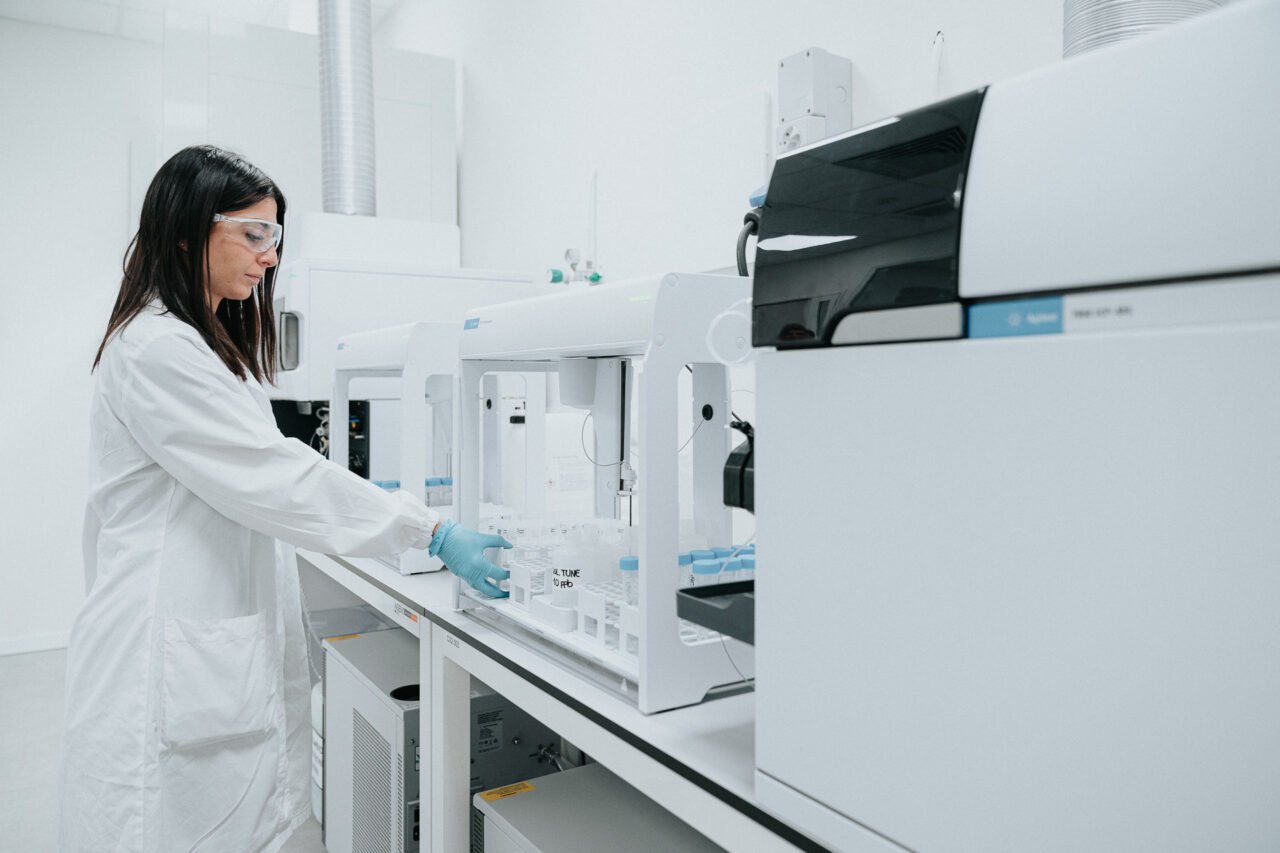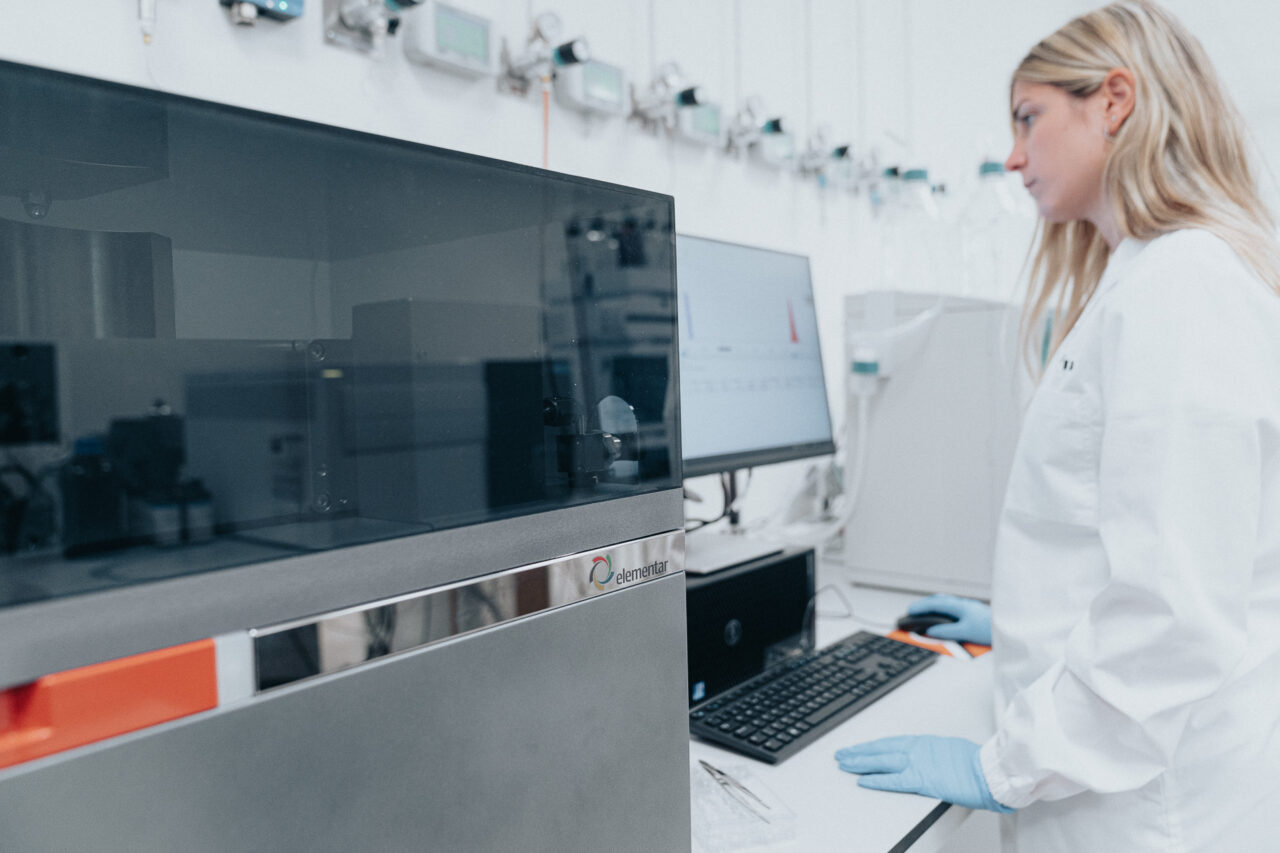Microfibre Release
Identification of microfibre release following washing processes.
Organic cotton is geolocated through the search of rare earth and stable isotope content.

A cutting-edge test that requires highly sensitive instruments, making it possible to objectively trace the growing site of the organic cotton (material geolocation).
The search for “rare earth” – metals assimilated by the cotton plant as it developed – and stable isotopes associated with a complex statistical evaluation of the results makes it possible to identify the geographical area in which the organic cotton was grown.
This testing service is the result of a need to check the origin of Chinese organic cotton from the Xinjiang region, currently the subject of trade restrictions by the US government. The survey is based on testing the contents of specific metals, known as “rare earth” through analysis of ICP-MS (mass spectrometry coupled with plasma equipment): the metal content identified is within a range of approx. 0.000001 g/kg of cotton tested. The raw data is processed by specific statistical software to combine the results into a scatter graph.
Our laboratory has also implemented geolocation obtained using the technique of identifying “rare earth” with the addition of quantifying the ratio of “stable isotopes”, using ultra-sophisticated instrumentation (IRMS [ Isotope Ratio Mass Spectrometry ] ). This latter technology makes it possible to identify traceability from other materials too, such as geolocation of the origin of leather, fine fibres (e.g., cashmere) and food products (olive oil, honey, meat, coffee, cocoa, etc.).
